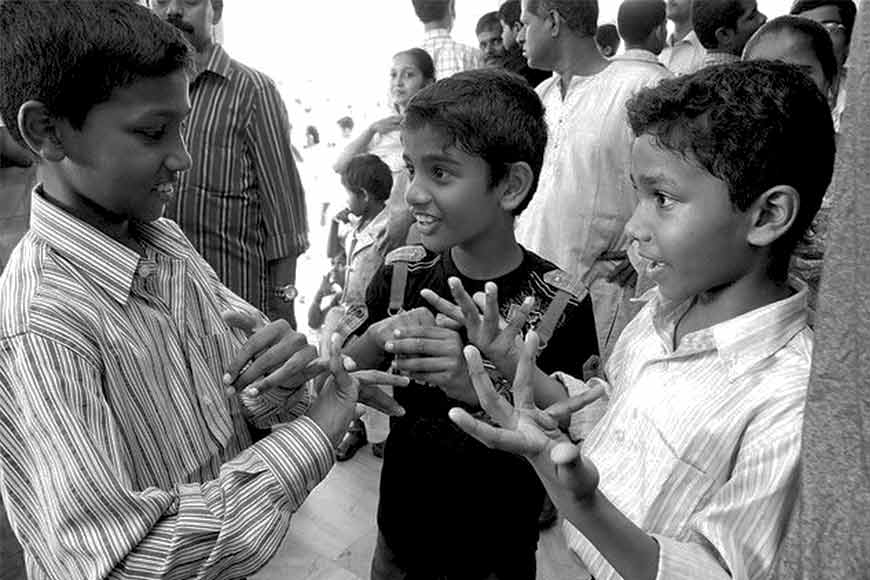Not just the deaf, everyone should learn the ‘Sign Language.’ Why?

When words fail, signs convey feelings. But for people who cannot hear, it is not as poetic as we think signs are. Rather for them sign language is a necessity and to make this form of language popular even among those who can hear, The International Sign Language Day was launched. Throughout the world, sign languages are used by hearing-impaired people to give them access to a visual language. This allows them to effectively communicate without the use of spoken language.
The most obvious benefit would be making communication easier between the hearing and Deaf members of a community. If everyone could sign, there would be no need for Deaf individuals to write everything down or try to lip-read everything being said to them. Thus day-to-day life would turn more accessible and easy. Learning how to sign can also help you to meet and mingle with members of the local signing community. This gives you opportunities to make new friends and network with a larger number of people that you might not be able to otherwise.

Beyond this, hearing people could also benefit from being able to use Sign Language to communicate with other hearing people. Suppose you are at a party and need to tell your friend something, but with the music and other people talking, it’s too loud for your friend to hear you. If you both knew how to sign, this problem would be easy to overcome. Sign Language also makes it possible to communicate across a room without yelling, or to communicate with someone through a window.
 Even hand signals in communicating during scuba diving or underwater expeditions are also part of sign language skills. Multiple studies have shown that young children learning Sign Language does not have any negative effect on their spoken language skills. In fact, learning to sign can actually help to develop language skills faster.
Even hand signals in communicating during scuba diving or underwater expeditions are also part of sign language skills. Multiple studies have shown that young children learning Sign Language does not have any negative effect on their spoken language skills. In fact, learning to sign can actually help to develop language skills faster.
In West Bengal, a separate set of Bengali sign language has been developed that is a bit different from the Indian Sign Language (ISL). Several language components like lexicon, intelligibility, identity, anecdotal evidence are different in Bangla sign language and has resemblance to some extent to the one used in Bangladesh. The development of ISL from the merging of local signed languages, worked out through ongoing communication among the Deaf communities, forming a language of wider communication. Sign languages of Dhaka and West Bengal are linguistically the same; however, due to geo-political differences, they are considered as different.









